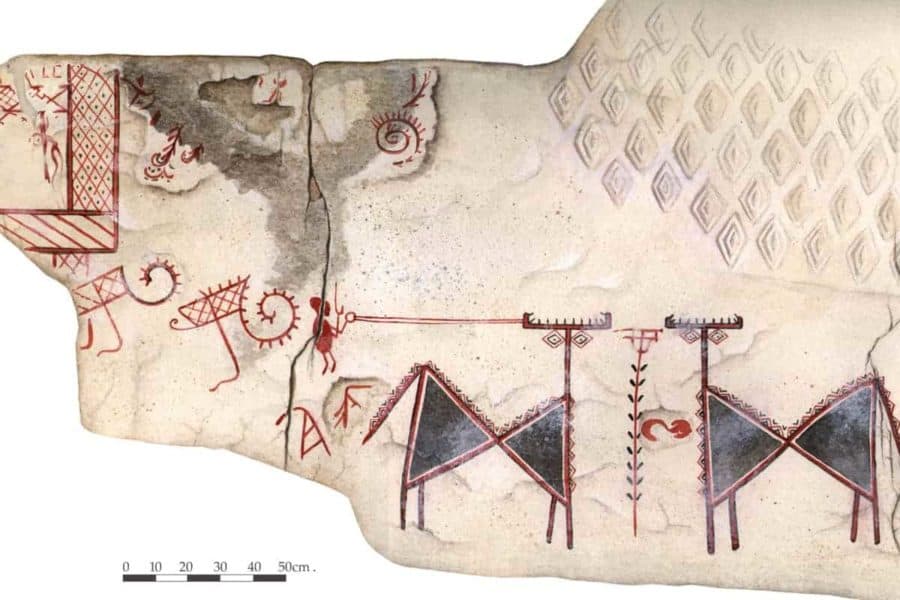New genetic research from around one of the ancient world’s most important trading hubs offers fresh insights into the movement and interactions of inhabitants of different areas of Western Asia between two major events in human history: the origins of agriculture and the rise of some of the world’s first cities.
The evidence reveals that a high level of mobility led to the spread of ideas and material culture as well as intermingling of peoples in the period before the rise of cities, not the other way around, as previously thought. The findings add to our understanding of exactly how the shift to urbanism took place.
The researchers, made up of an international team of scientists including Harvard Professor Christina Warinner, looked at DNA data from 110 skeletal remains in West Asia from the Neolithic to the Bronze Age, 3,000 to 7,500 years ago. The remains came from archaeological sites in the Anatolia (present-day Turkey); the Northern Levant, which includes countries on the Mediterranean coast such as Israel and Jordan; and countries in the Southern Caucasus, which include present-day Armenia and Azerbaijan.
Based on their analysis, the scientists describe two events, one around 8,500 years ago and the other 4,000 years ago, that point to long-term genetic mixing and gradual population movements in the region.
“Within this geographic scope, you have a number of distinct populations, distinct ideological groups that are interacting quite a lot, and it hasn’t really been clear to what degree people are actually moving or if this is simply just a high-contact area from trade,” said Warinner, assistant professor of anthropology in the Faculty of Arts and Sciences and the Sally Starling Seaver Assistant Professor at the Radcliffe Institute for Advanced Study. “Rather than this period being characterized by dramatic migrations or conquest, what we see is the slow mixing of different populations, the slow mixing of ideas, and it’s percolating out of this melting pot that we see the rise of urbanism — the rise of cities.”
The study was led by the Max Planck-Harvard Research Center for the Archaeoscience of the Ancient Mediterranean and published in the journal Cell. Warinner was a senior author on the paper.

